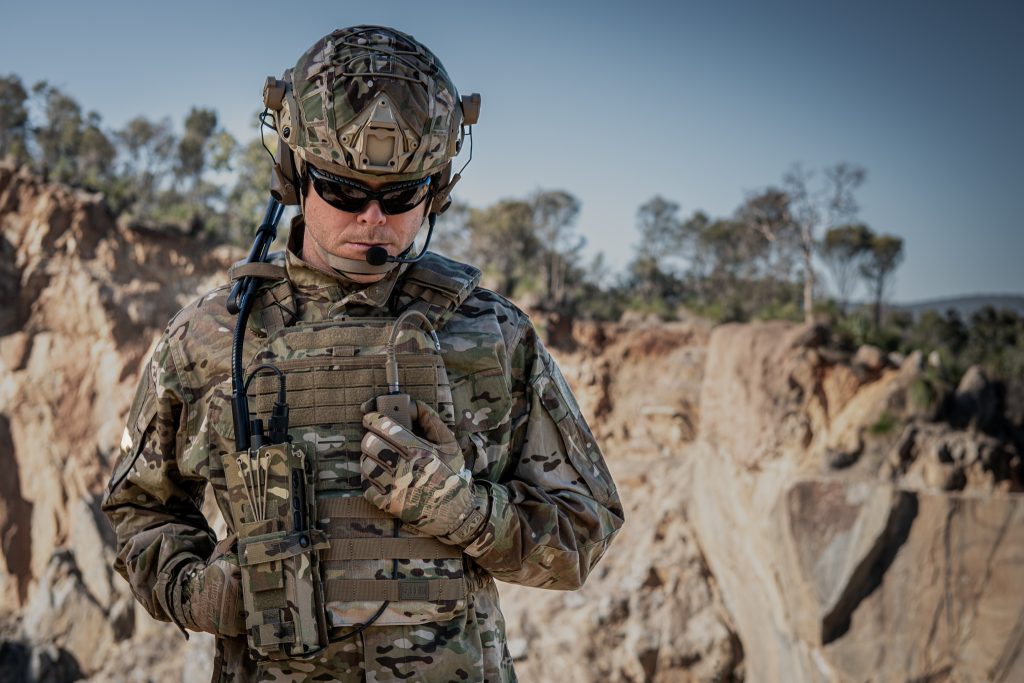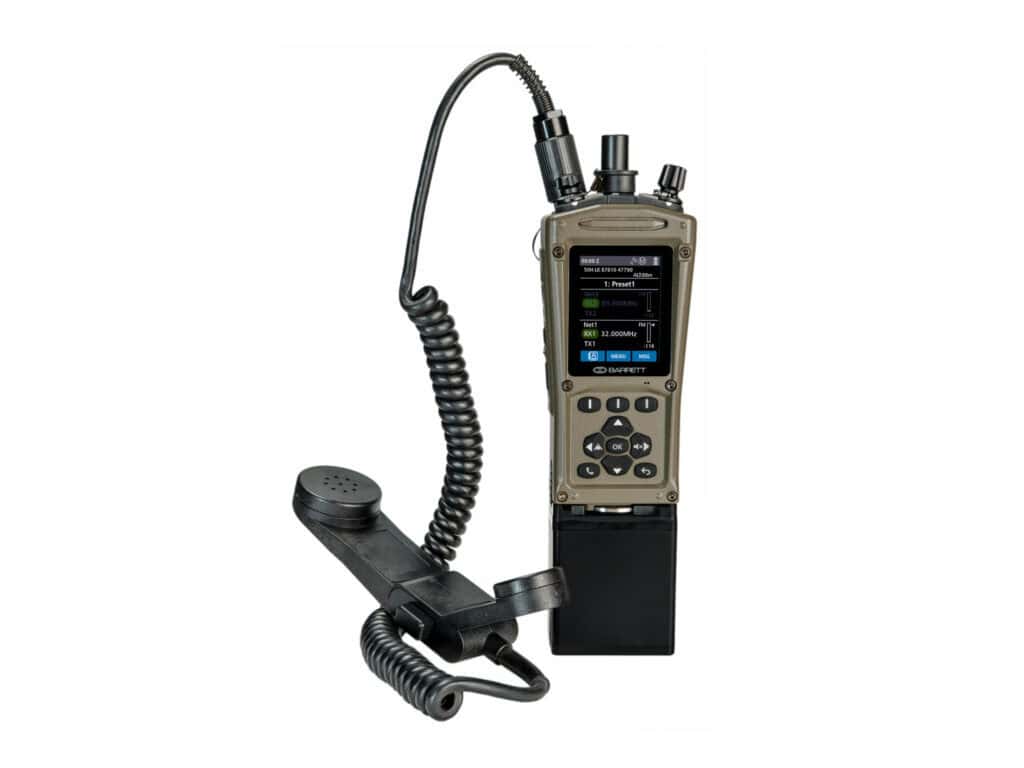Why naval vessels would be all at sea without HF radio
Why naval vessels would be all at sea without HF radio

When it came to upgrading a critical naval asset in Oceania, it was essential to upgrade its high-frequency (HF) radio system.
To protect its citizens, regional defence forces must be well-equipped and well-maintained. When coordinating military operations, evacuations, and relief efforts, communications systems are crucial.
High-frequency (HF) radio remains as a reliable, global comms system and has been in use for over 100 years. Investing in HF was a top priority when it was time to upgrading a landing ship dock (LSD) in Oceania. However, several key operational, technological, and environmental challenges had to be overcome to ensure its new HF system was as high-performing as possible.
Why do comms system matter?
Ongoing conflict in the Middle East and Ukraine has highlighted the importance of defence maintenance and ignited a boom in the tactical comms market – market intelligence firm Global Data currently predicts the sector will be worth $25.5bn by 2033.
Often operating in remote areas at sea, a ship’s methods of communication can be limited. Satellites cannot always provide coverage in these isolated areas and could also be targeted through sabotage during a potential conflict situation.
The reduced situational awareness that arises during comms failures can result in vessels experiencing logistical difficulties, as well as safety issues due to limited access to accurate weather and shipping forecasts. A ship’s readiness potential could thus be decreased significantly, making it slower to respond in an extreme weather emergency or to any other defence missions that might arise.
Why HF radio?
An operational requirement for naval fleet communications, HF provides a communications lifeline in remote waters where satellite is not always available, VHF, and cellular signals can’t reach. Propagated by radio waves that pass through the upper level of the atmosphere, known as the ionosphere, HF provides truly global coverage. Since the ionosphere cannot be destroyed, HF radio is difficult to sabotage and can provide reliable communications in any situation.
Modern innovations such as automatic link establishment (ALE) have made the HF network 21st century-ready. Through HF, vessels beyond line of sight (BLOS) can communicate securely with other ships and stations over thousands of nautical miles, if required.
Upgrading vital HF radio systems to meet the demands of remote naval operations
Why Barrett Communications?
When it came to refitting this Oceanic naval vessel’s essential HF system, Barrett Communications was chosen as partner in the upgrade. Founded in Australia over 40 years ago, Barrett were the ideal local solutions provider, providing industry expertise and products sold in over 150 countries worldwide.
With Barrett, the ship’s HF comms capabilities were enhanced significantly. The installation of a liquid cooled system now ensures that its high-power radio systems remain operative even in high-duty cycle applications.
Moreover, the Barrett HF radio system was easy to integrate with the ship’s integrated command and control system (ICCS). Barrett’s range of high-end equipment provided good value for money by utilising a cost-effective customer off-the-shelf (COTS) solution.
Through their partnership with Barrett, the naval vessel has an updated, effective HF radio system that can ensure that the vessel remains agile in responding to defence and humanitarian missions for years to come.







